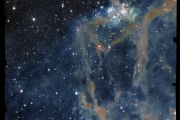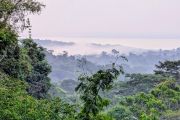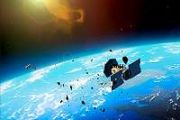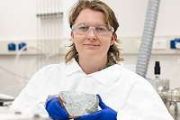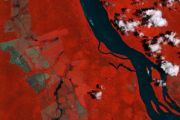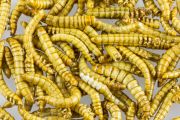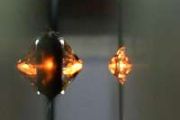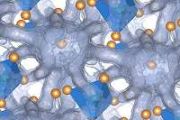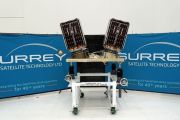
Copernical Team
Lift-off for EIRSAT-1, Ireland’s first ever satellite

Six years of hard work and dedication paid off in spectacular fashion today, as the Educational Irish Research Satellite, EIRSAT-1, successfully blasted off from Vandenberg Space Force Base, California. Hitching a ride on a Space-X Falcon-9 launcher, the tiny satellite – measuring just 10.7cm x 10.7cm x 22.7cm – has now made history as Ireland’s first satellite!
EIRSAT-1 liftoff
 Video:
00:04:04
Video:
00:04:04
On 1 December 2023, at 19:19 CET (18:18 GMT), Ireland's first satellite EIRSAT-1 launched from Vandenberg Space Force Base in California, USA.
Built by students at University College Dublin under guidance of ESA’s Education Office, EIRSAT-1 is a 2-unit CubeSat carrying three experiments, including a novel gamma ray detector that will study some of the most luminous explosions in the universe.
The mission has been in development since the team was accepted to the ESA Academy Fly Your Satellite! programme in 2017. Over the past six years, the students have worked with ESA experts and acquired the professional competences needed
Europe is working on a multi-purpose habitat for the moon
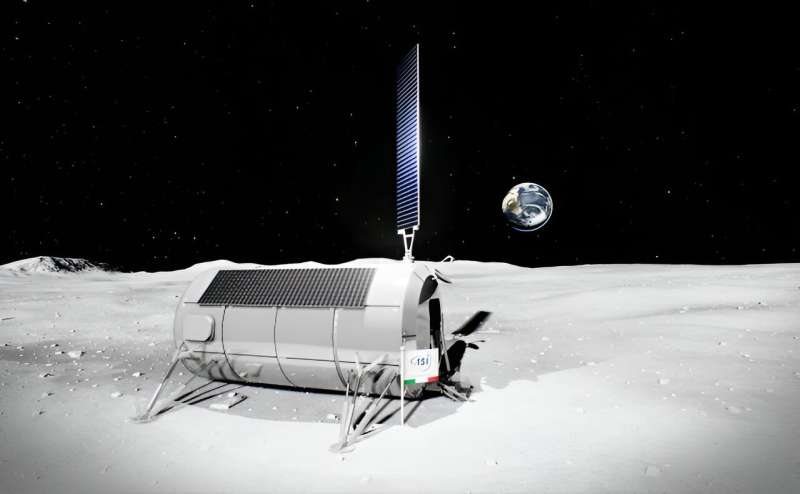
With NASA gearing up to send humans back to the moon in the next few years with the Artemis missions with the goal of establishing a permanent outpost at the lunar south pole, nations are making efforts to contribute to Artemis and a permanent presence on our nearest celestial neighbor.
Recently, the Italian Space Agency, formally known as Agenzia Spaziale Italiana (ASI), has taken steps to establish the first permanent outpost on the lunar surface, known simply as the Multi-Purpose Habitat (MPH). This endeavor was officially kicked by the ASI signing a contract with the French-based aerospace company, Thales Alenia Space, who specializes in space-based systems, including ground segments and satellites used for both Earth observation and space exploration.
Week in images: 27 November - 01 December 2023
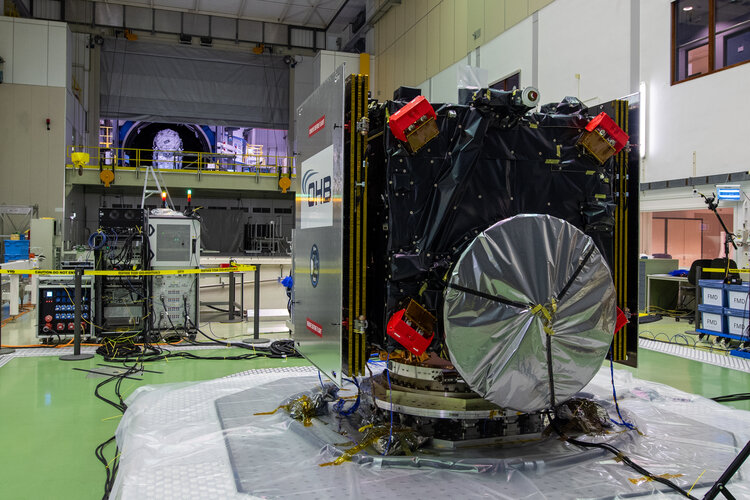
Week in images: 27 November - 01 December 2023
Discover our week through the lens
Prometheus prototype engine test
 Video:
00:00:24
Video:
00:00:24
Scenes from a 30-second burn with re-ignition of an early prototype of the Prometheus engine at ArianeGroup’s test facility in Vernon, France, on 20 October 2023.
The 100-tonne thrust class Prometheus burns liquid oxygen-liquid methane fuel. Methane is clean burning and simplifies handling, to help enable reusability and reduce the cost of ground operations before and after flight.
The engine is mounted in an early prototype of a reusable rocket stage, called Themis, which is being developed in parallel with the engine under contract from ESA. While engine testing continues, work is also underway to prepare a more advanced
New images of rare thunder
ESA astronaut Andreas Mogensen has captured images of rare thunder phenomena as part of the Thor-Davis experiment on his Huginn mission.
Earth from Space: American Samoa
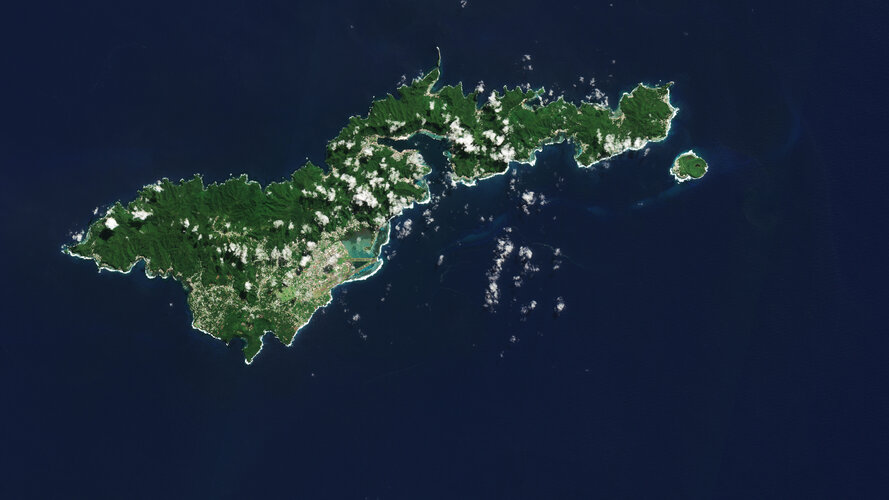 Image:
The Copernicus Sentinel-2 mission shows us an amazing view of the tropical island of Tutuila, the largest in the American Samoa archipelago in the South Pacific Ocean.
Image:
The Copernicus Sentinel-2 mission shows us an amazing view of the tropical island of Tutuila, the largest in the American Samoa archipelago in the South Pacific Ocean. NASA's Educational CubeSats: Small Satellites, Big Impact
 Despite their small size, the satellites launching through NASA's CubeSat Launch Initiative (CSLI) missions have a big impact, creating access to space for many who might not otherwise have the opportunity. One recent mission tells the story of four teams of researchers and engineers who conceived, built, launched, and collected data from these shoebox-sized satellites, helping them answer a hos
Despite their small size, the satellites launching through NASA's CubeSat Launch Initiative (CSLI) missions have a big impact, creating access to space for many who might not otherwise have the opportunity. One recent mission tells the story of four teams of researchers and engineers who conceived, built, launched, and collected data from these shoebox-sized satellites, helping them answer a hos NASA shuttle astronaut, scientist Mary Cleave remembered as 'trailblazer'
 NASA on Thursday paid tribute to retired astronaut Mary Cleave, the first woman associate administrator for NASA's Science Mission Directorate, who died Nov. 27 at 76.
Cleave, a veteran of two NASA spaceflights, became an astronaut in 1980.
"I'm sad we've lost trailblazer Dr. Mary Cleave, shuttle astronaut, veteran of two spaceflights, and first woman to lead the Science Mission
NASA on Thursday paid tribute to retired astronaut Mary Cleave, the first woman associate administrator for NASA's Science Mission Directorate, who died Nov. 27 at 76.
Cleave, a veteran of two NASA spaceflights, became an astronaut in 1980.
"I'm sad we've lost trailblazer Dr. Mary Cleave, shuttle astronaut, veteran of two spaceflights, and first woman to lead the Science Mission A spectrum of possibilities: insights into the evolution of far-red light photosynthesis
 A collaborative study led by Dr. Christopher Gisriel at Yale University and Dr. Tanai Cardona at Queen Mary University of London, published in Frontiers in Plant Science, offers new insight on the origin and evolution of a unique type of photosynthesis that enables some bacteria, specifically cyanobacteria, to harness far-red light.
Far-red light, which falls between 700 to 800 nanometers
A collaborative study led by Dr. Christopher Gisriel at Yale University and Dr. Tanai Cardona at Queen Mary University of London, published in Frontiers in Plant Science, offers new insight on the origin and evolution of a unique type of photosynthesis that enables some bacteria, specifically cyanobacteria, to harness far-red light.
Far-red light, which falls between 700 to 800 nanometers 



